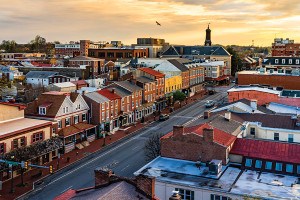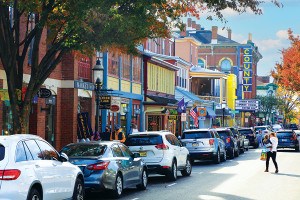Living in Wayne: A Neighborhood Guide
Named for a Revolutionary War hero, the community offers the epitome of Main Line life.
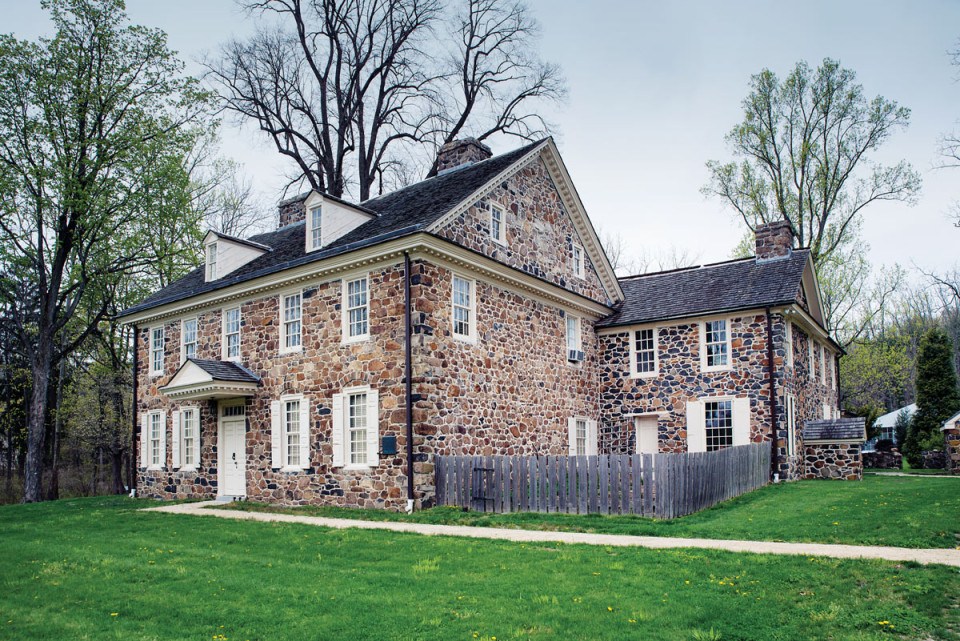
General Anthony Wayne’s former home / Photograph by Mira/Alamy Stock Photo
A Hero’s Welcome
Like every other town on the Main Line, Wayne formed around a Pennsylvania Railroad station. Originally called Cleaver’s Landing, it was soon renamed for Revolutionary War general “Mad Anthony” Wayne — so nicknamed because of his military daring. Banker J. Henry Astin planted the first seed of growth in 1867 with a mansion named “Louella,” after his daughters Louisa and Ella. Banker Anthony J. Drexel and his fellow Public Ledger owner, publisher George W. Childs, bought Astin’s 293-acre estate in 1880 and turned it into a development they called Wayne Estate. Drexel and Childs promised the swells who bought homes in it “all the conveniences to which residents of cities are accustomed,” including “water, light and drainage.” Wayne remains an urbane place today. Its residents may well have served as the model for the “bourgeois bohemians” affectionately skewered by expat David Brooks in his 2000 book Bobos in Paradise: The New Upper Class and How They Got There.
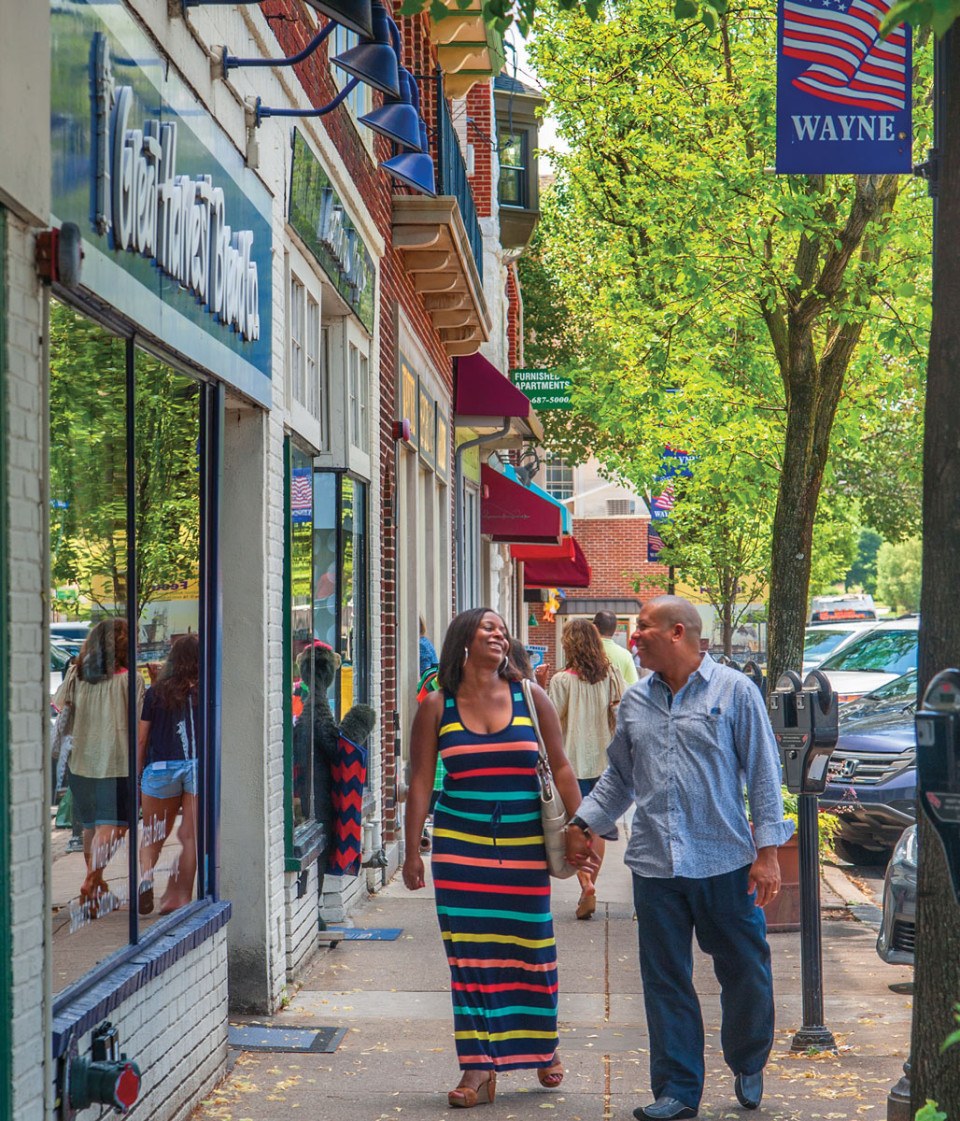
Lancaster Avenue in Wayne / Photograph by R. Kennedy for Visit Philadelphia
Center City West?
Whether or not they mimic urban bohemians, Wayne residents still enjoy amenities Philly residents are accustomed to. For example, they don’t have to go into town to buy fine food and wine from Di Bruno Bros. (385 West Lancaster Avenue) or high fashion from Boyds (201 West Lancaster Avenue). They also have outposts of city eateries Dan Dan (Sichuan; 214 Sugartown Road) and Amada (Spanish; 555 East Lancaster Avenue). Home-grown establishments include Margaret Kuo’s award-winning Chinese restaurant (175 East Lancaster Avenue) and activewear retailer Out There Outfitters (123 North Wayne Avenue).
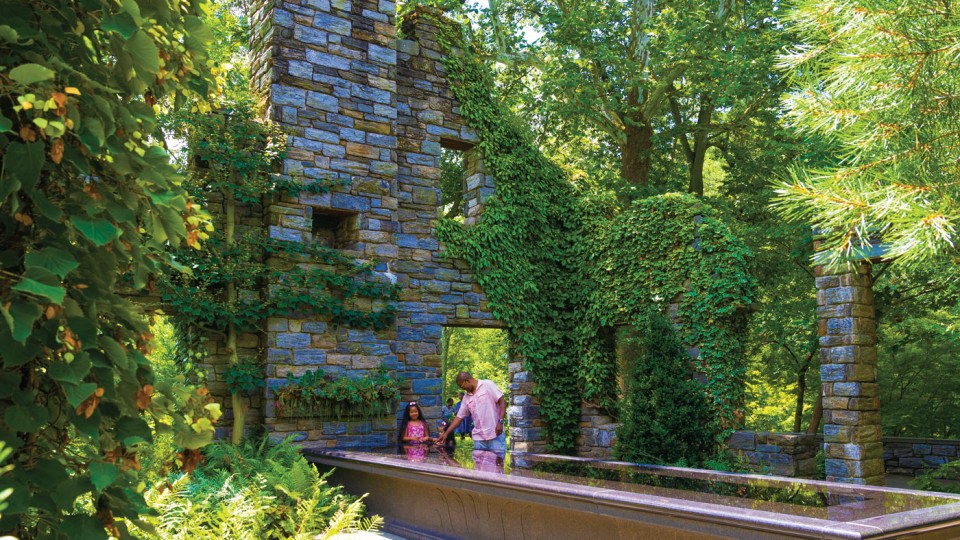
The ruin at Chanticleer / Photograph by Jeff Fusco
Simple Pleasures
Wayne residents can put their activewear to good use hiking or biking on the 2.4-mile-long Radnor Trail. Or they can enjoy the flowers and plants of Chanticleer, “a pleasure garden” at 786 Church Road, from March through November. The borough is also home to the Wayne Art Center (413 Maplewood Avenue), which has been offering visual and performing arts classes, workshops and exhibitions since 1931.

Better Hurry
Wayne has everything from small-town walkability to sprawling estates, says Robin Gordon, CEO of the Robin Gordon Group at BHHS Fox & Roach Realtors. But, she continues, “Inventory is low, so houses that are priced right sell fast.” Half the houses on the market in Wayne’s zip code in December had asking prices of $1 million or more, but the average asking price was around $700,000, with tickets ranging from $225,000 to $4 million. This means that whatever your budget, you can probably find it in Wayne — but it may take you a while, and when you find it, you need to act fast.
Published as “Living in Wayne” in the February 2024 issue of Philadelphia magazine.
